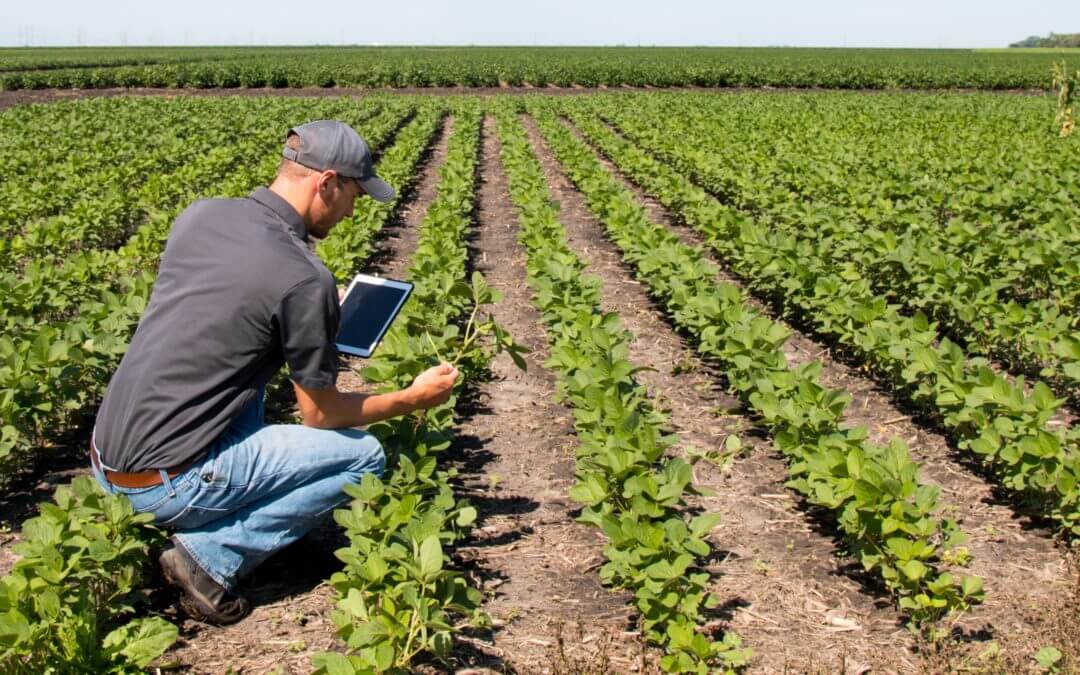Drones in agriculture: Throughout history, farming and agriculture were the backbone of human civilisation.
It might seem like the industrial revolution, development of gene synthesis and socio-economic destabilisation have stunned its development and significance in human civilisation.
But the truth is that the latest trends of conscious consumption and eco-friendly existence have put agriculture back in the center of attention. The economic sustainability of every region is evaluated due to the condition of its agricultural sector.
After all, the time has come to collaborate technology and artificial intelligence with the eternal wisdom of natural science. This, along with Tristan Steventon’s stride in farming and defence, led to the inception of StevTech – an impressive agriculture drone service provider.
Australia, like many other countries, sees agriculture as one of its economically viable industries. Supporting agriculture and farming businesses contributes directly to the economic stability of the region. While serving in the defence force, Tristan observed the potential of drones to collect data in an efficient and safe manner.
This move has already been widely applied in many spheres of civilian life as well. Bringing drone technology to agriculture is a revolutionary technique of efficient data collection. It helps farmers to keep the track and instantly make informed decisions than ever before.
A game-changing way to make decisions on the farming front
Even though agriculture is one of the most ancient industries in the world, it has always been and remains quite tricky. It requires a significant investment in finance, energy and knowledge. The Australian climate and geographical characteristics make decision-making in agriculture costly and crucial.
Even after all the conditions are met, the return of investment (ROI) in this sector still looks more like gambling than a defined process – but Tristan revealed that he has cracked this ROI decision.
As one of the founding industries for Australian economics, agriculture simply cannot afford gambling in this field any more. That is why technology can help monitor, predict, plan and eventually minimise the risks.
Tristan recognised the potential of drones to provide farmers with all the necessary data instantly and started to work on and push the relatively novel concept of using drones in agriculture. The idea seemed to be promising and innovative, but just like every new idea, it took some patience and persuasion to be accepted in the industry.
Aussie farmers’ can work wonders with an eye in the sky
“I don’t see any barriers in agriculture, I just see opportunities” – Tristan Steventon
Tristan says, using drones in agriculture right now is mostly about collecting and storing huge amounts of data. As simple as it is, data collection is crucial for making informed decisions and develops Australian agriculture here and now.
On the other hand, with a proper approach to analysis, previously collected data will build a solid foundation for the possibility of accurate forecasting in the industry.
You can generally summarise the issues farmers encounter in one phrase – “economic loss due to lack of data”. Once Tristan came up to the market with his concept, the message was – one solution for all of your problems.
Given the scepticism that surrounded the use of drones, it took quite a courting to introduce its vast potential in Australia’s agricultural space. This is how drones can help boost agriculture –
- Harvest planning: As drones collect data during the critical growth period, agronomists can adjust their strategies based on relevant information.
- Imagery: Using a high resolution picture, drones can provide all the necessary data to explain possible on-going economic loss and prevent it in the future.
- Fertilisation and protection: With this newfound ability to document the entire growth process of crops, drones help to make informed decisions on the allocation of fertiliser and crop protective products.
- Plant population: Tristan believes that drones are still not able to fly high enough to collect all the necessary data. But even the available technology allows us to instantly see a relatively wider picture that lets farmers make decisions on possible replanting, thinning, and pruning actions.
- Soil sampling: It is another application that allows farmers to save time, money, and energy. By collecting necessary data about soil conditions, drones help farmers devise accurate planting strategies.
- Crop monitoring: This is one of the basic and most obvious applications of drones. With the ability to control the growth process in real-time, farmers can now keep track, identify, and troubleshoot possible issues with respect to crops instantly.
Hear all about this over on our podcast: Drones for Good
To learn more about StevTech, how they help farmers in Australia with drone technology and their mission to transform the agricultural sector, tune into the Mirragin Unmanned Systems Podcast right here
Explore your drone needs with Mirragin
At Mirragin we apply our expertise and knowledge in the UAV industry to help our clients solve problems.
The drone programs we design for clients are built to stand the test of time – even in an ever-changing industry like unmanned systems. Our focus is always on solving our client’s problems in an efficient and effective way and our creative solutions draw from years of UAV experience and industry knowledge. To learn more about what we have to offer, view our services here.
Find out more about drones and their future in business, subscribe to our podcast.

